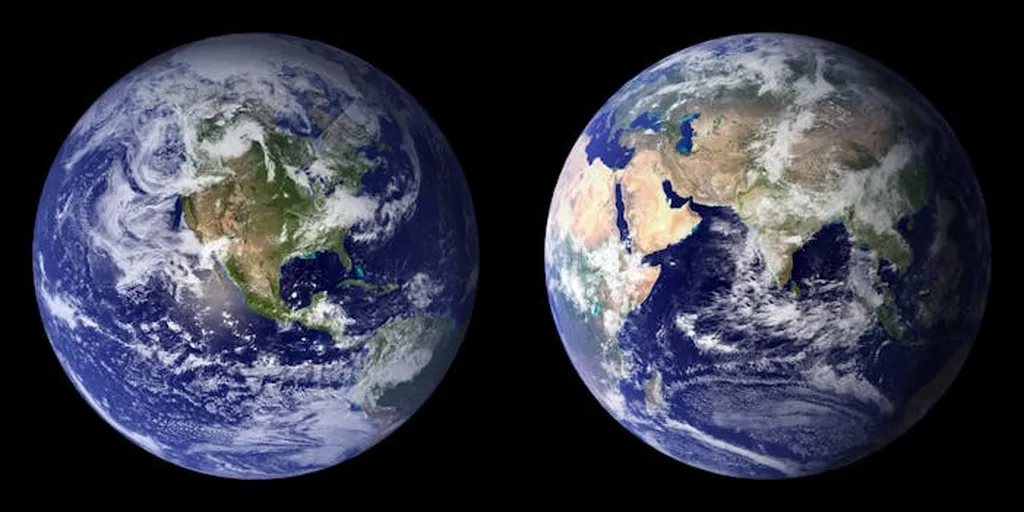In the heart of Thailand, where smallholder farms dot the landscape and clouds often obscure the view from above, a groundbreaking study is revolutionizing how we map and understand crop patterns. Led by Jaturong Som-ard from the Department of Geography at Mahasarakham University, this research is not just about identifying what’s growing where—it’s about empowering farmers, policymakers, and the energy sector with the data they need to make informed decisions.
The challenge has always been clear: accurately mapping season-specific crop types in tropical and subtropical regions is a complex task. Small, fragmented fields, frequent cloud cover, and limited seasonal reference data have made it difficult to get a clear picture. But Som-ard and his team have tackled these obstacles head-on, using a combination of optical and radar satellite data alongside advanced machine learning algorithms.
“Our goal was to provide accurate and timely information about crop locations and types,” Som-ard explained. “This is crucial for sustainable agriculture and ensuring food security.” The team focused on two regions in Thailand known for their small fields and frequent overcast conditions: Chaiyaphum and Suphan Buri provinces. Using over 8,000 reference points, they mapped 12 and 13 crop types, respectively, for three cropping seasons in 2023.
The results were impressive. The Random Forest (RF) algorithm proved to be the most effective, achieving an overall accuracy exceeding 85%, with classifications for sugarcane and rice exceeding 90%. “The RF algorithm demonstrated superior performance across all seasons,” Som-ard noted. “This level of accuracy is a game-changer for the agricultural sector.”
The resultant maps identified sugarcane, rice, and cassava as the principal crops in the region. But the implications of this research extend far beyond mere identification. Accurate crop mapping is essential for sustainable agriculture practices, enabling better resource management, improved pest and disease control, and more effective use of fertilizers and water.
For the energy sector, the commercial impacts are significant. Sugarcane, for instance, is a key crop for bioenergy production. Accurate mapping of sugarcane fields can help energy companies plan and optimize their supply chains, ensuring a steady and sustainable source of biomass for biofuel production. Similarly, rice and cassava can be used for various energy applications, from biogas to bioethanol.
“This research exemplifies a methodology for producing highly accurate seasonal crop maps,” Som-ard said. “It provides valuable tools for making informed decisions for crop sustainable management, supporting sustainable agriculture practices.”
The study, published in the journal ‘Remote Sensing’ (translated to English as ‘Remote Sensing’), underscores the potential of Earth observation satellites and machine learning algorithms in addressing significant agricultural challenges. By integrating multi-temporal satellite data with advanced machine learning approaches, Som-ard and his team have developed a robust framework for crop rotation pattern mapping.
As we look to the future, this research could shape the development of more resilient strategies for food security and sustainable agriculture. It highlights the importance of leveraging technology to overcome traditional challenges in agriculture, paving the way for more efficient and sustainable farming practices.
In a world where food security and sustainable energy are increasingly pressing concerns, this research offers a beacon of hope. By providing accurate and timely information about crop patterns, it empowers stakeholders to make informed decisions that benefit both the environment and the economy. As Som-ard and his team continue to refine their methods, the potential applications of their work are vast, promising a future where technology and agriculture work hand in hand to create a more sustainable world.

